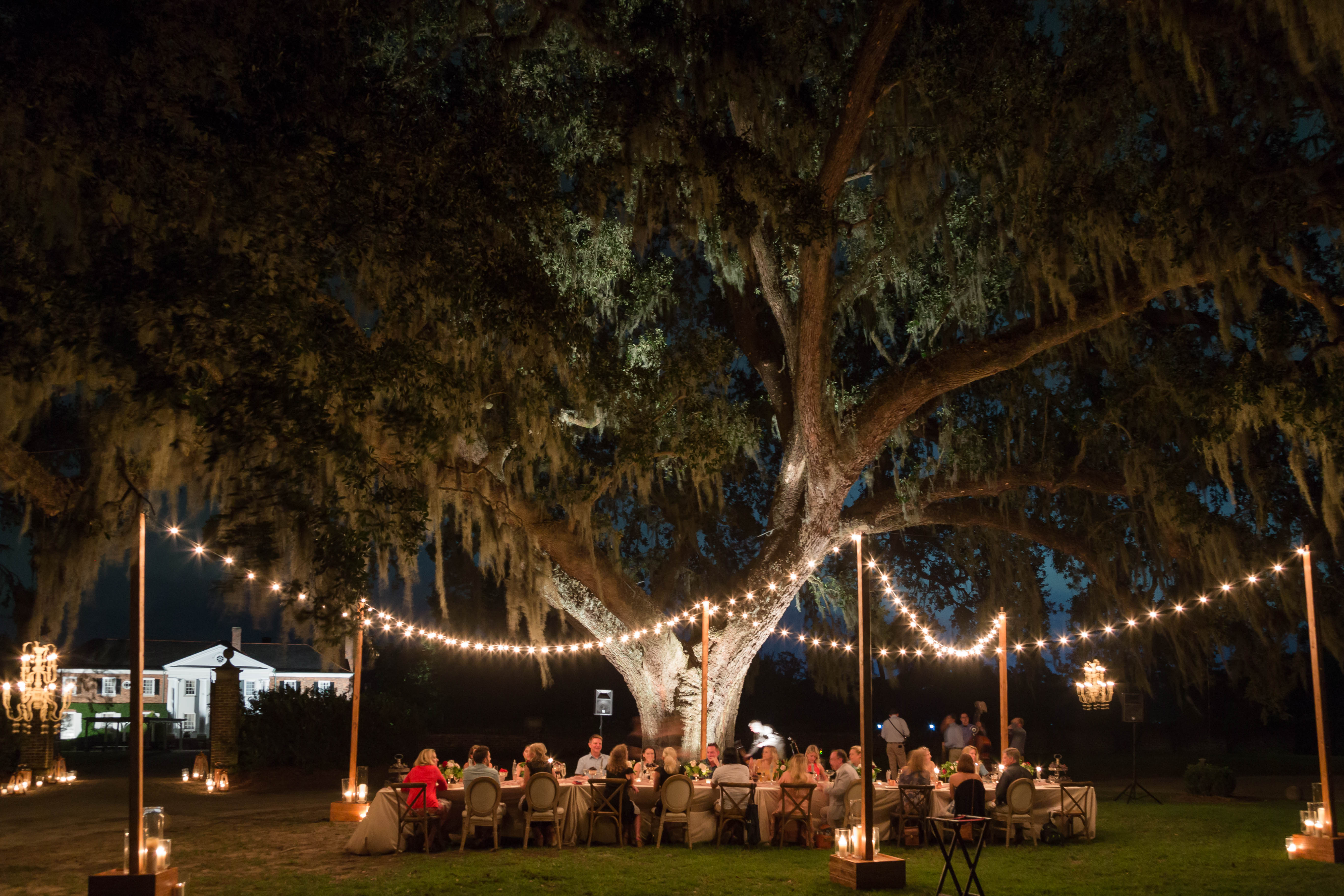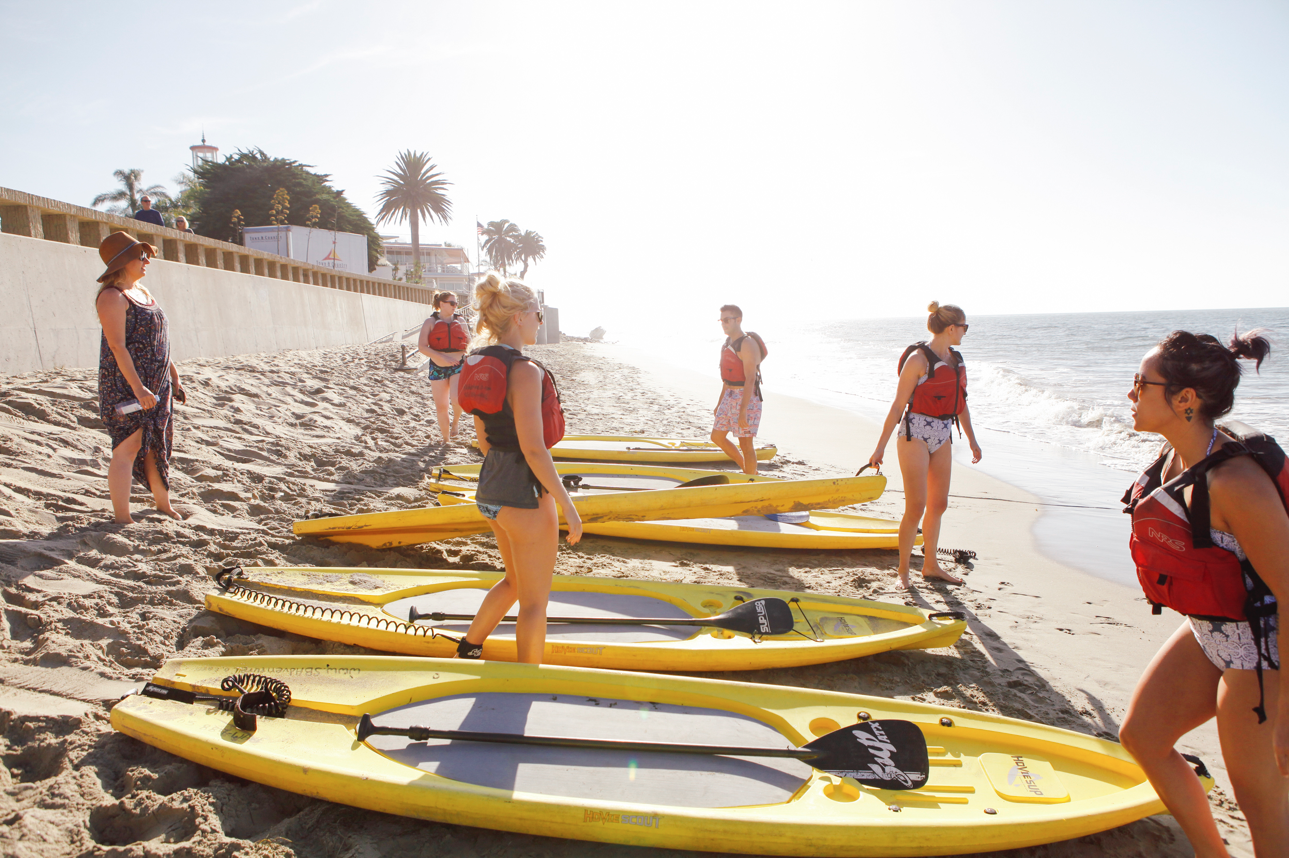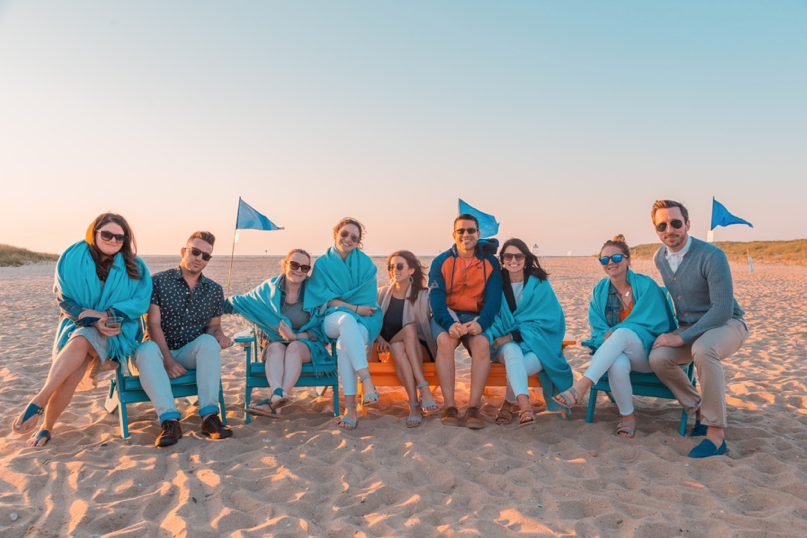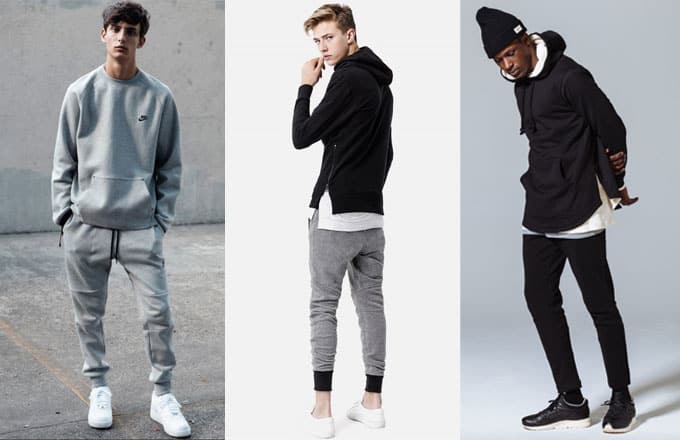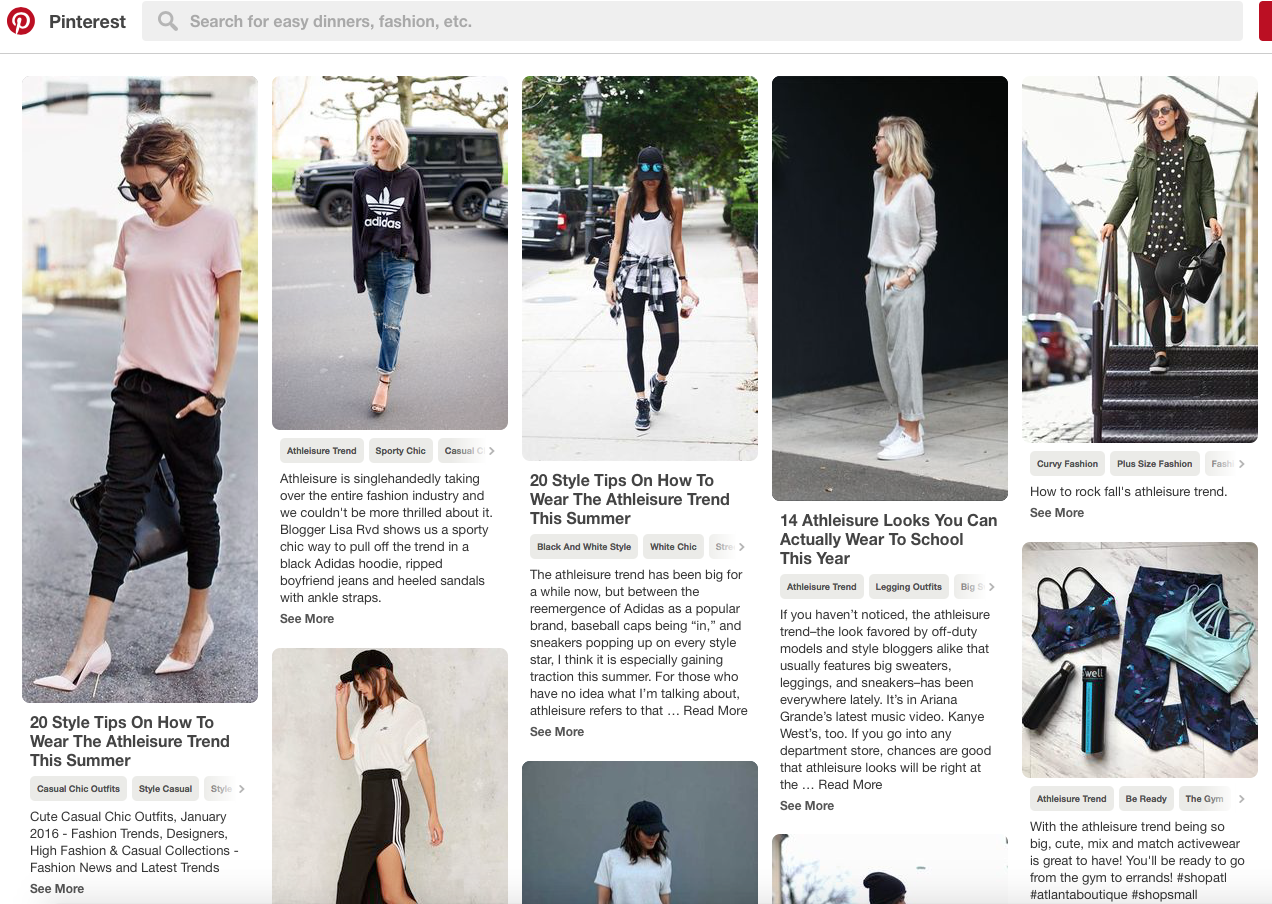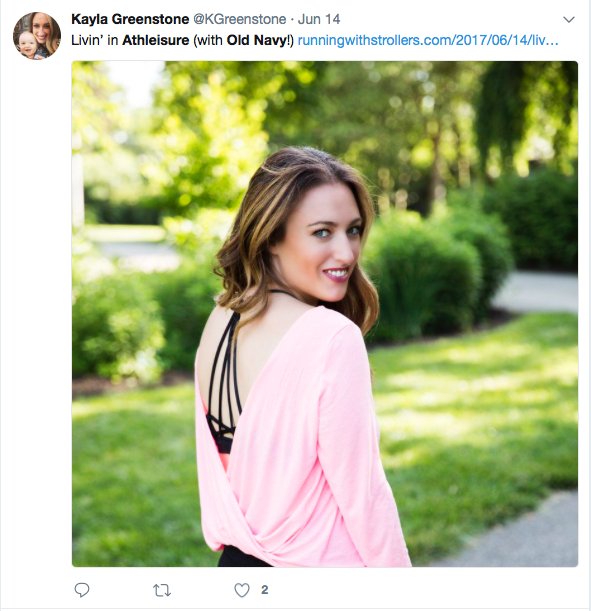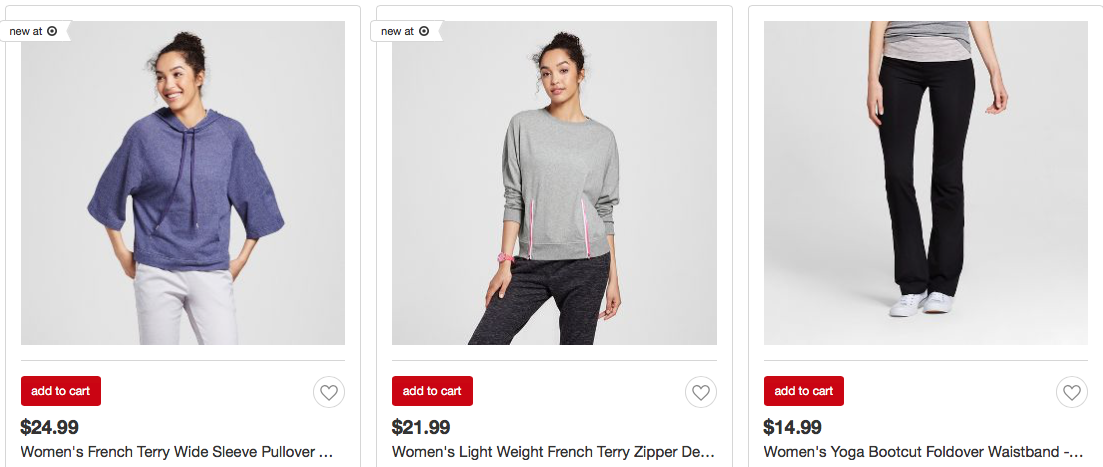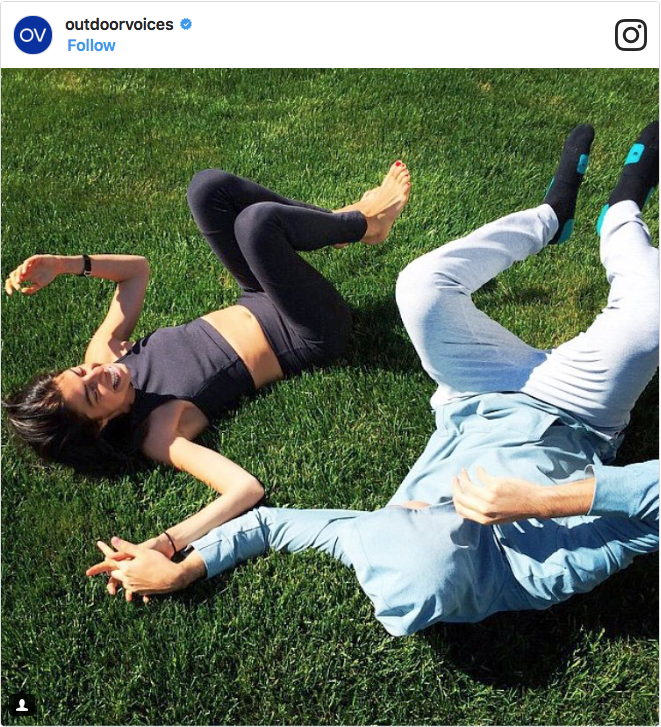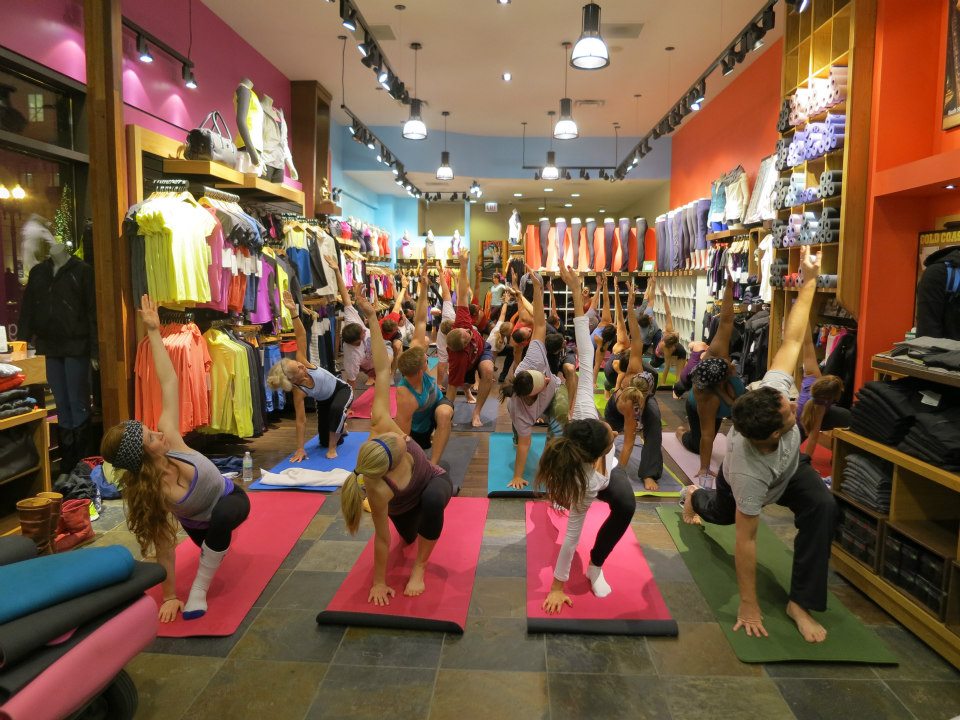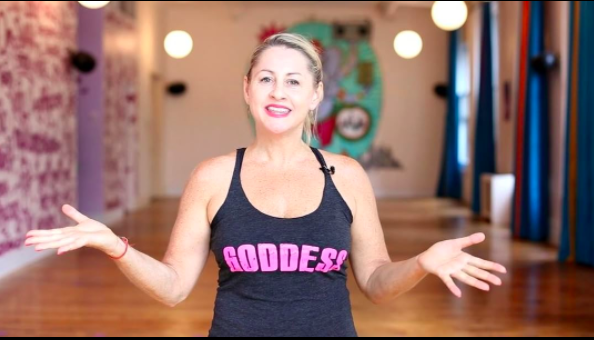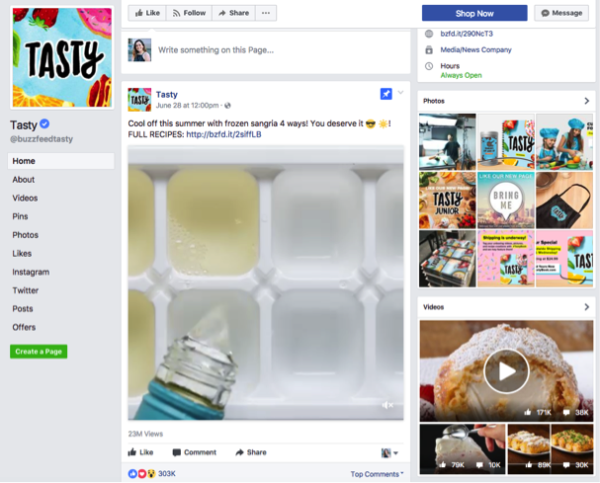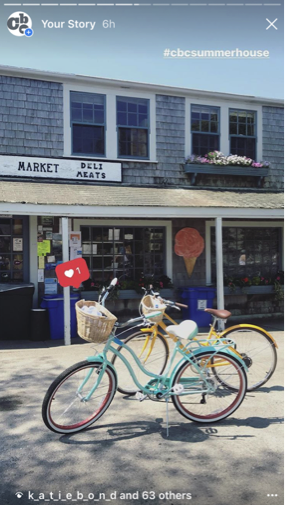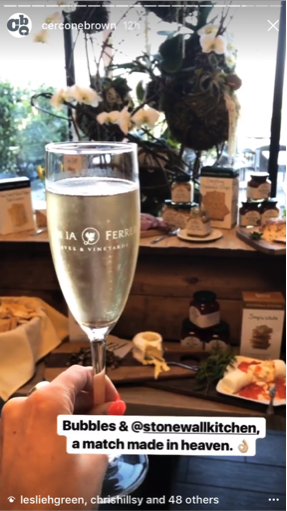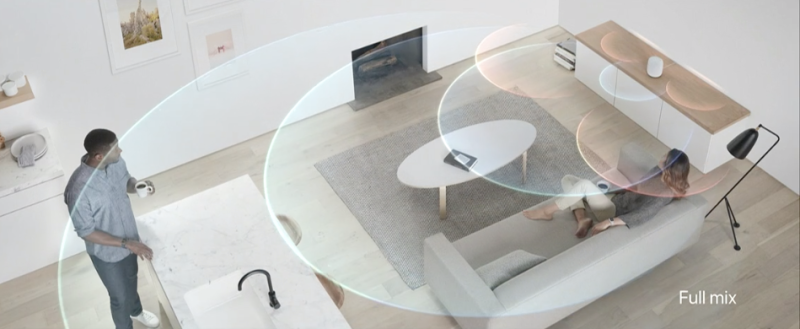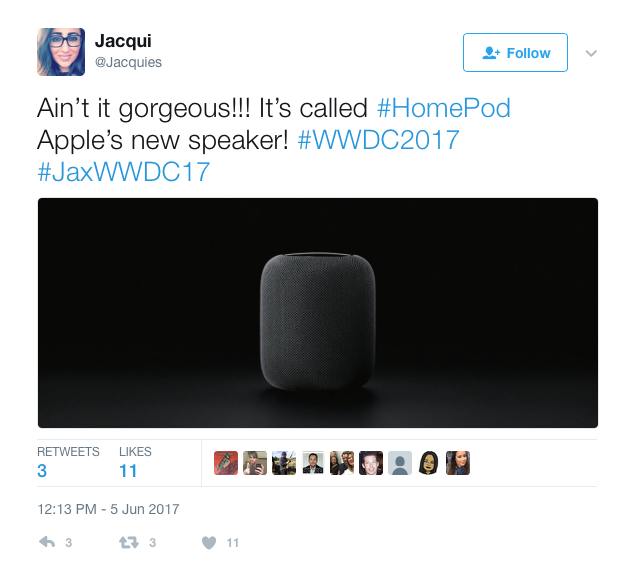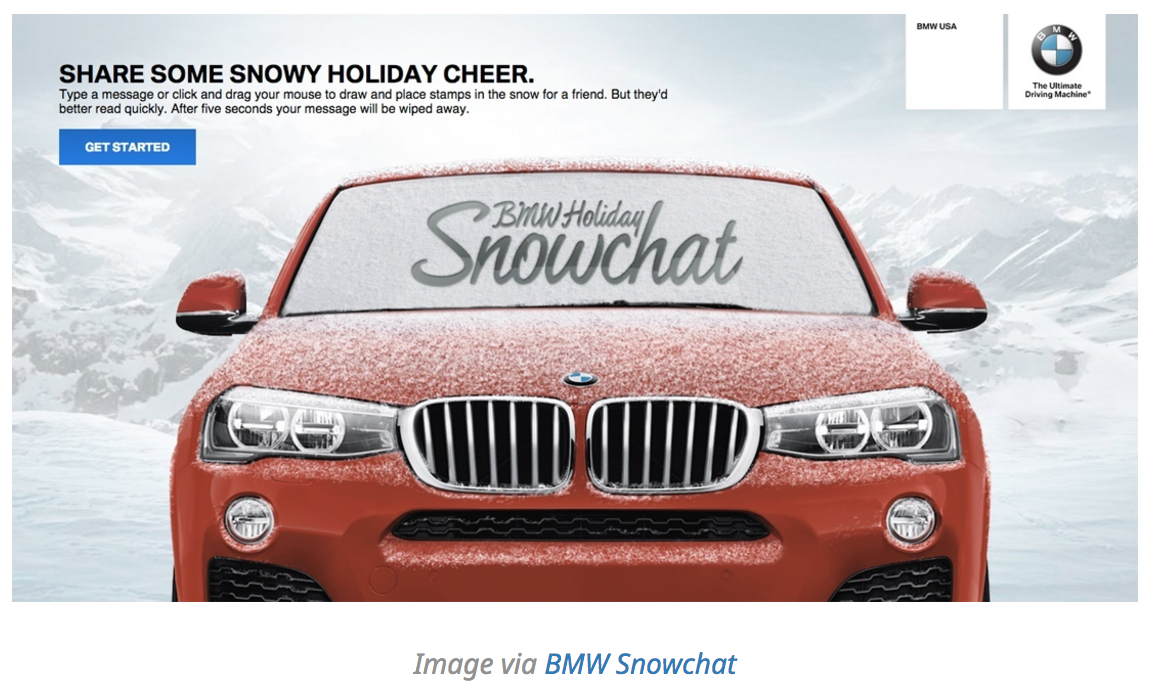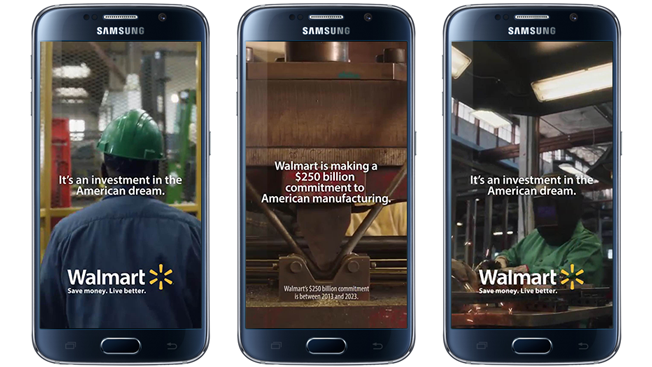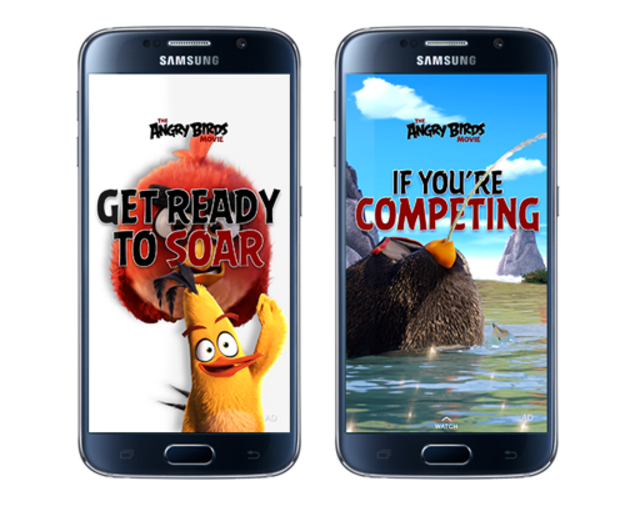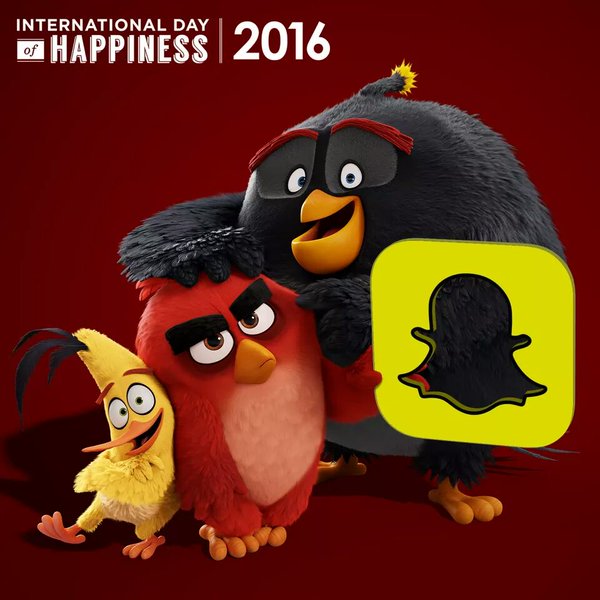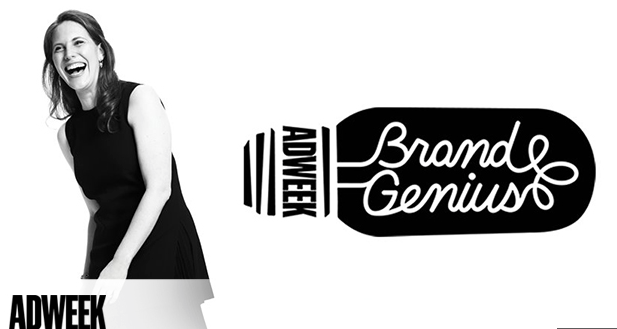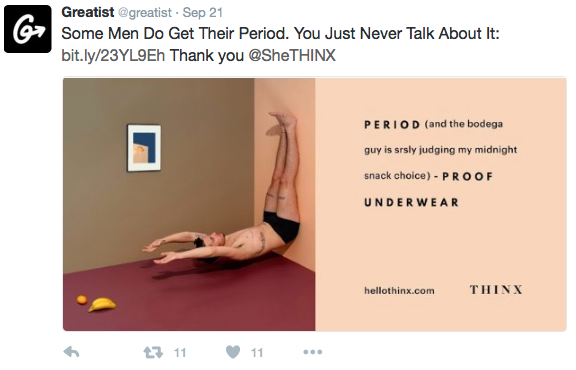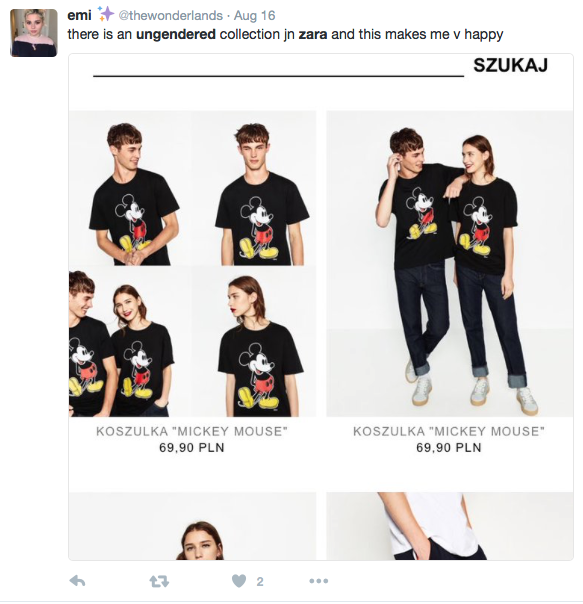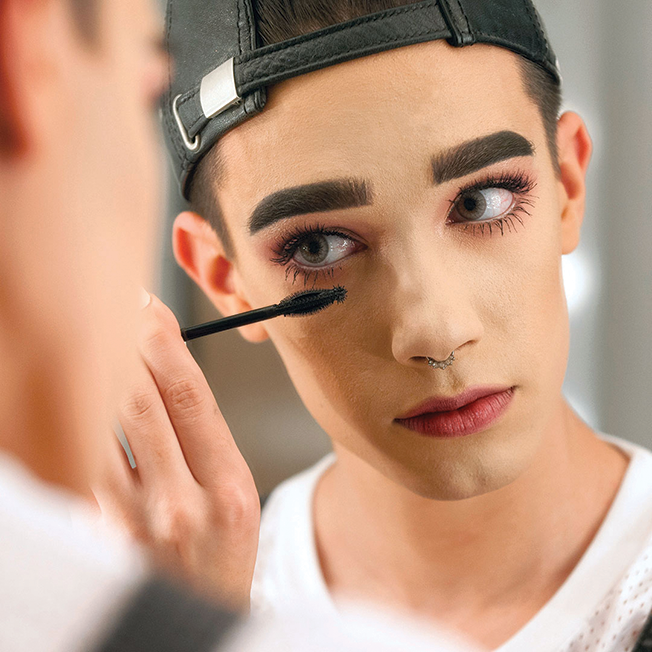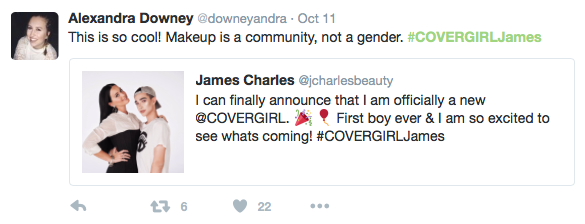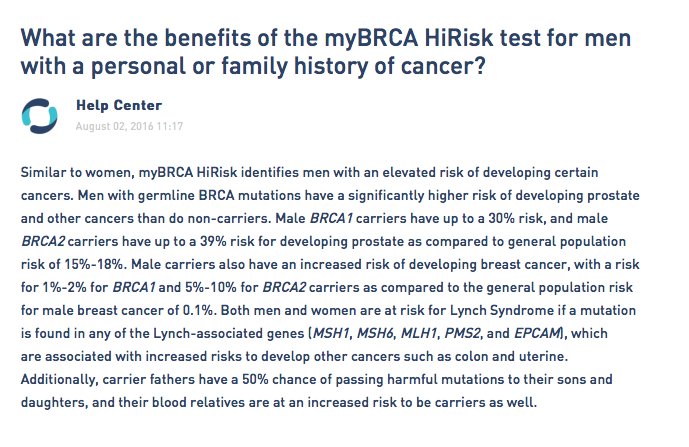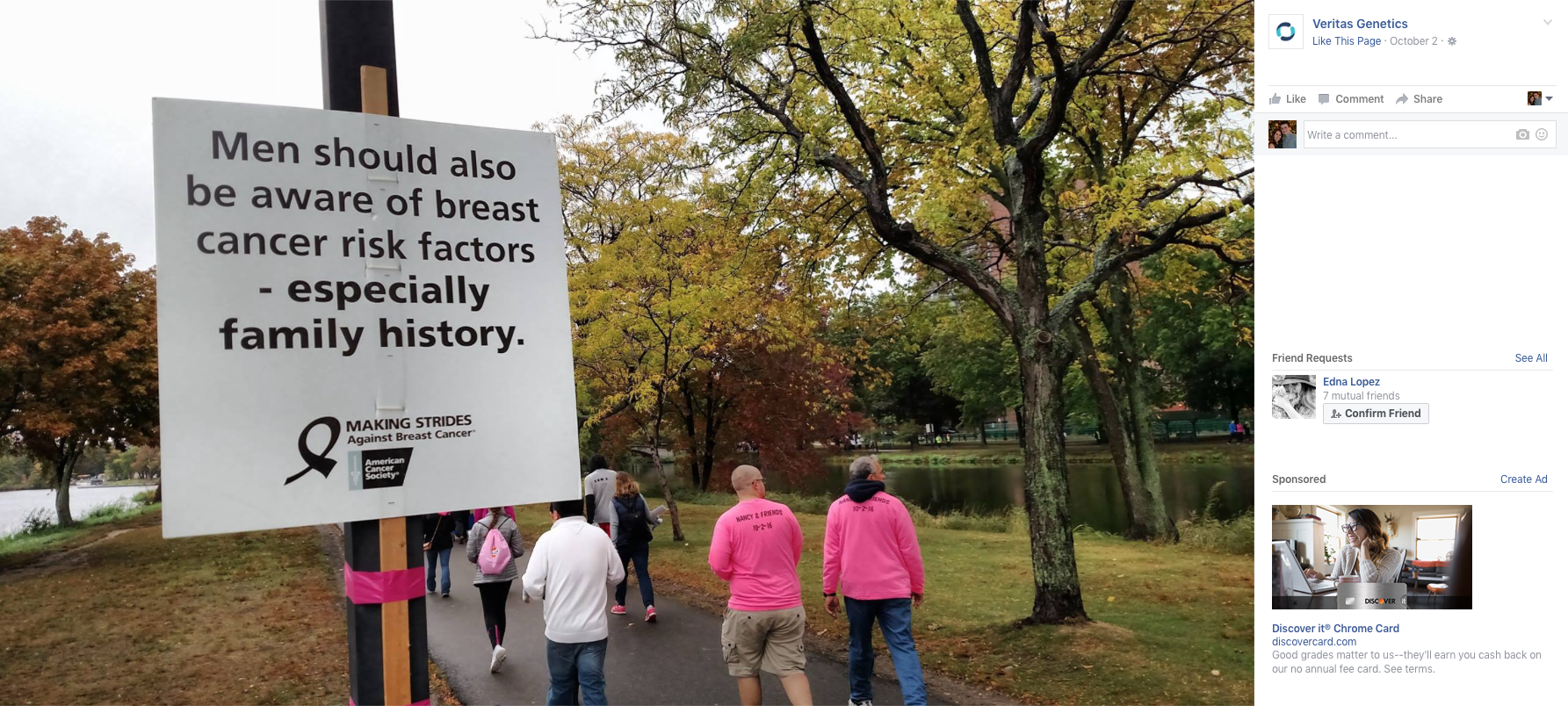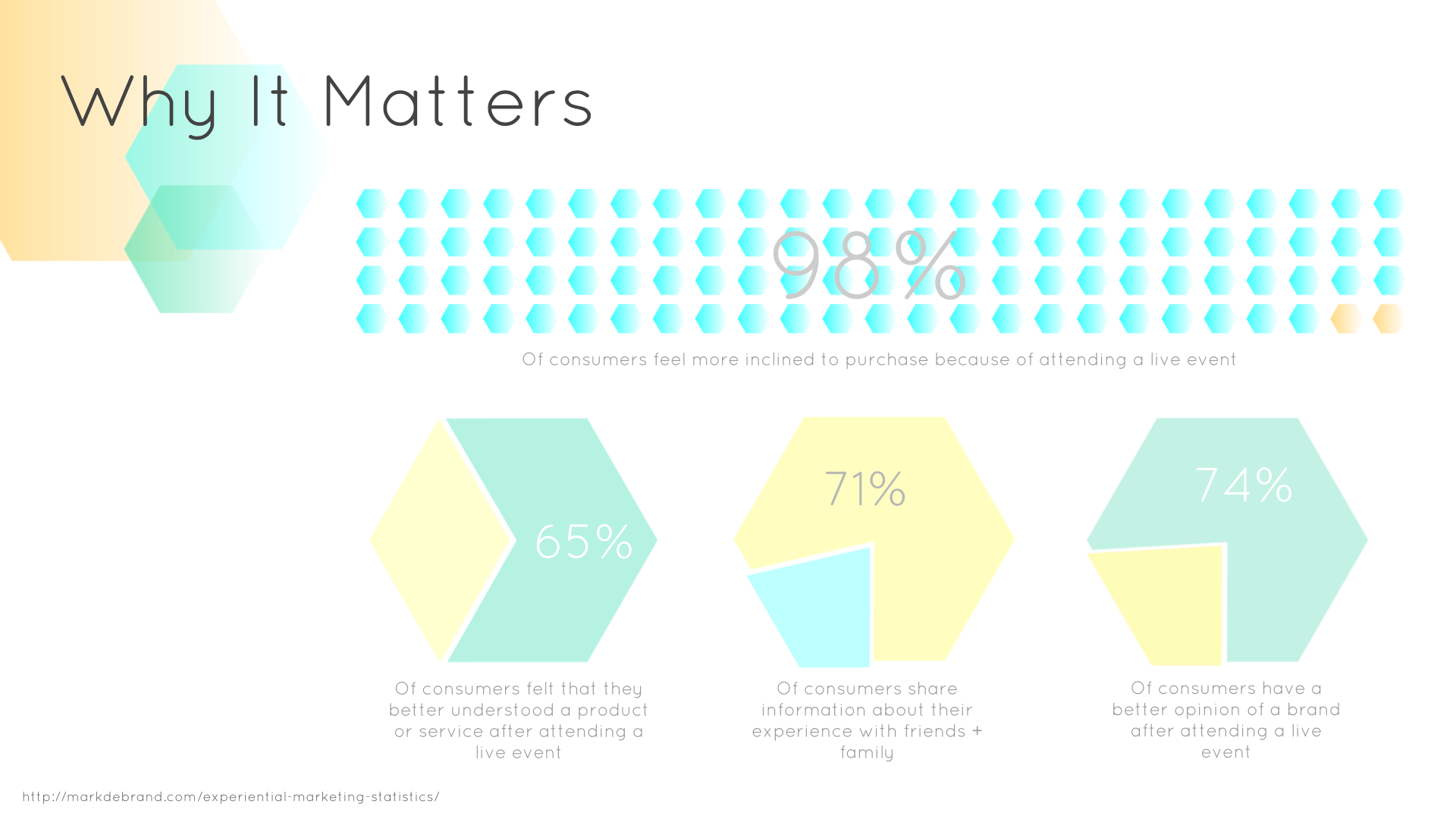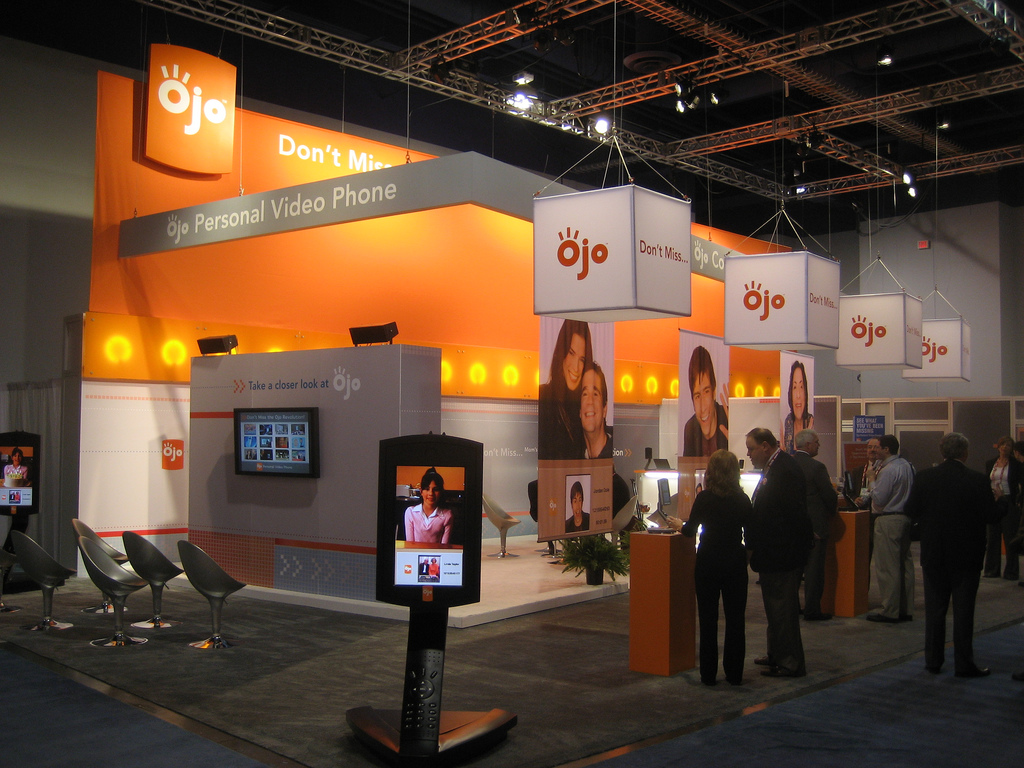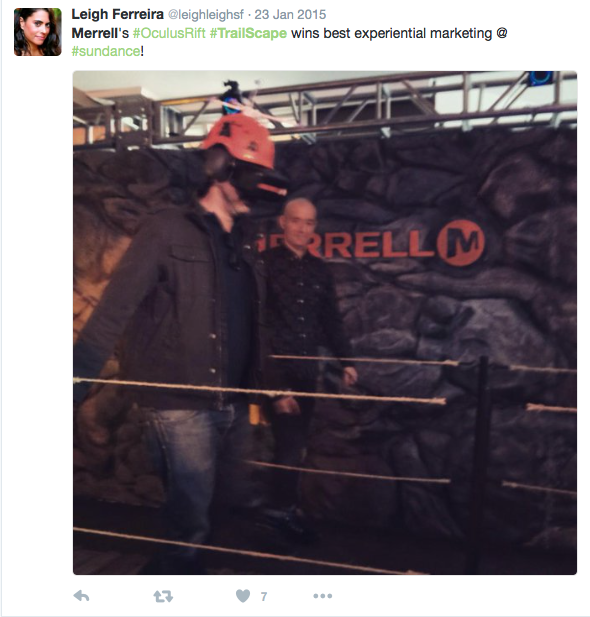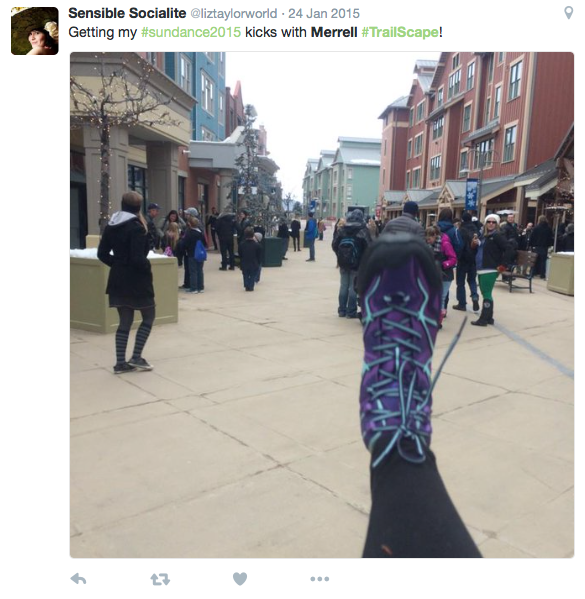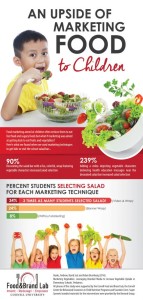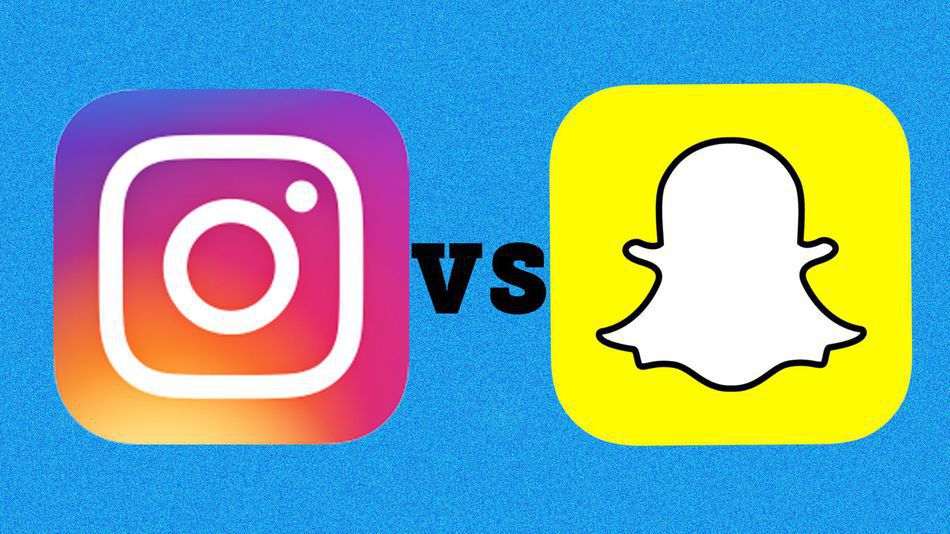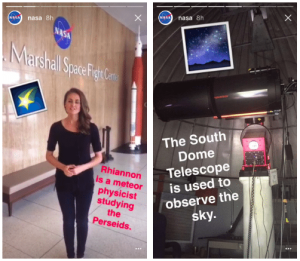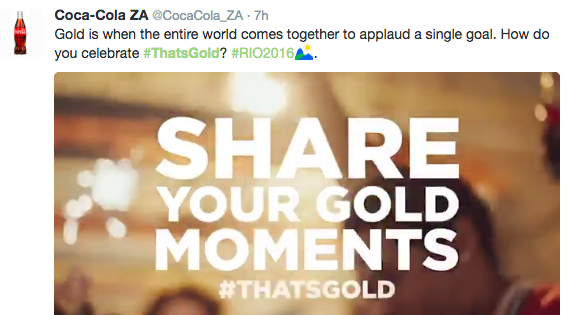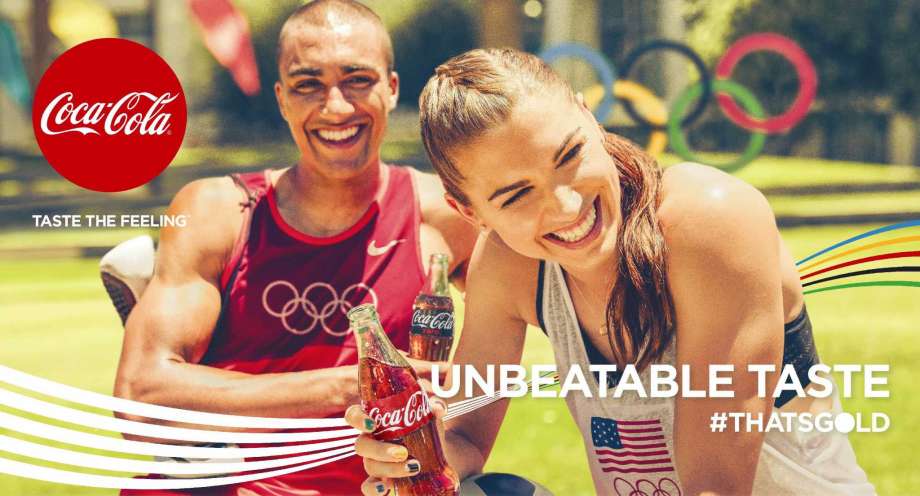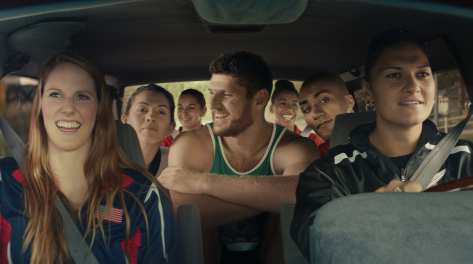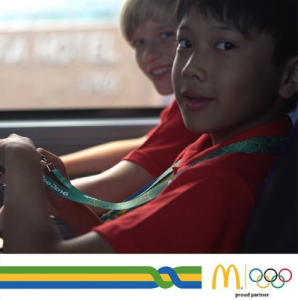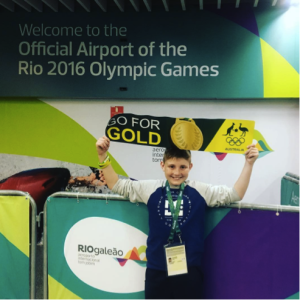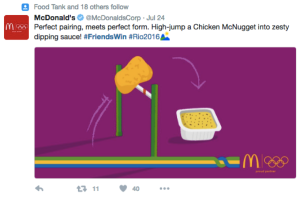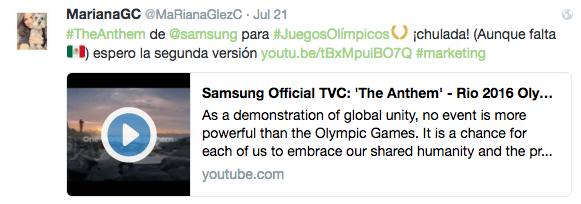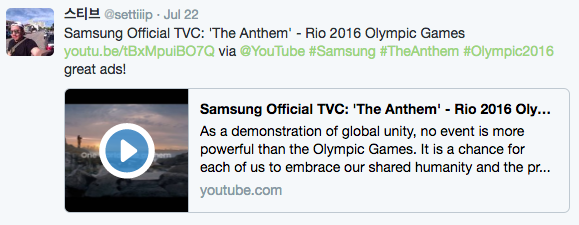Experiential Marketing. We hear the word tossed around at marketing conferences, in PR pitches, and in Adweek articles, but what is it exactly? Our VP of Experiential PR, Noelle Guerin, is here to explain the ins and outs of experiential marketing, a strategy that engages an audience with a real-life invitation to experience a brand and everything it represents. And not to mention, something CBC has been doing since before it became a buzzword.
The Power of Experience
The travel industry was built on experience – just look at the print publications that are surviving and thriving (Travel & Leisure, Conde Nast Traveler, Coastal Living). Across their glossy pages, these publications offer a promise of experience, highlighting companies such Airbnb, a company that has made travel more accessible and affordable. The younger the generation, the more desire there is to be seamlessly integrated into the fabric of a destination and “travel like a local.”
Millennials are savvy consumers and have found out how to go where they want to go in an easy and affordable way. What does this have to do with experiential marketing? Everything. It’s the exact ideology we tapped into in the first place when designing our approach. How do we create events that bring a brand to life? How do we give press, and eventually consumers, an emotional connection to a brand that they can touch, feel, and interact with in an authentic way?
That Electric Feeling
I have thrown the word “experiential” out there in more new business pitches than I can count. When I started my career over fifteen years ago, I would see brand heads go wide-eyed as soon as I mentioned it, because it was new and innovative. In a lot of ways, “experiential” became the philosophy of Cercone Brown Company.
Our HOUSE programs are often referred to as “experiential” – I mean it’s part of my job title for goodness sakes – but the truth is, it’s not JUST the HOUSE programs. Everything we do within the agency is seen through an experiential lens. It’s how we think and create.
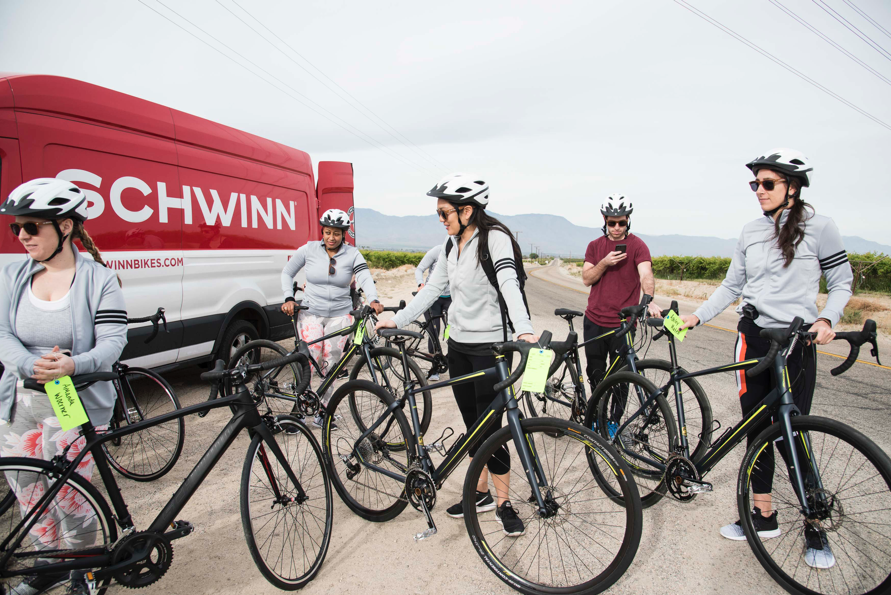
FIT House in Palm Springs, California
I have often been accused of actively drinking the Kool-Aid (insert eye roll over industry cliché here) in client meetings. You’d think I’d be jaded at this point by people speaking with passion about their brand but it’s quite the opposite. I couldn’t continue to do this job if I didn’t have a burning desire to bring a brand’s story and vision to life. I firmly believe that the only way to do that – the ONLY way for media and consumers to understand your brand fully – is to give them an authentic experience with it. Believe it or not, this isn’t just limited to consumer brands.
I’ve worked on everything from broadcast technology platforms to healthcare companies (and everything in between) and the only way to create a loyal consumer is to give them a deeper understanding (i.e. experience) of the brand. It doesn’t have to be the physical (tasting, testing, feeling; though it helps), but it could just be the emotional expression of the brand. Every brand has a competitive space and the ones that are creating experiences for their audience stand out and thrive in this landscape.

Derby House in Louisville, Kentucky
Bringing Brands to Life: What’s Your Lightning in a Bottle?
As an agency, we always thought in an experiential way – we were doing in-market retailer summits for Timberland long before “experiential” was a thing. When we first started our HOUSE Programs with Summer House, we were working to fit outdoor lifestyle and fitness brands into the beautiful setting of Martha’s Vineyard. Now, we bring a variety of brands, from General Motors to New Balance, to the island of Nantucket as well as 30+ press and influencers to experience these brands in a real and authentic way. It works. They get it. They leave the island as brand believers, which is so much more than just one piece of coverage.
Over the past twelve years we have expanded our HOUSE programs and currently provide fourteen per year, each with their own “theme” and set against beautiful backdrops such as Palm Springs, Napa Valley, Aspen, Charleston and many more. This formula works and we have perfected it over the years to ensure that our brands are receiving maximum exposure and amazing content.
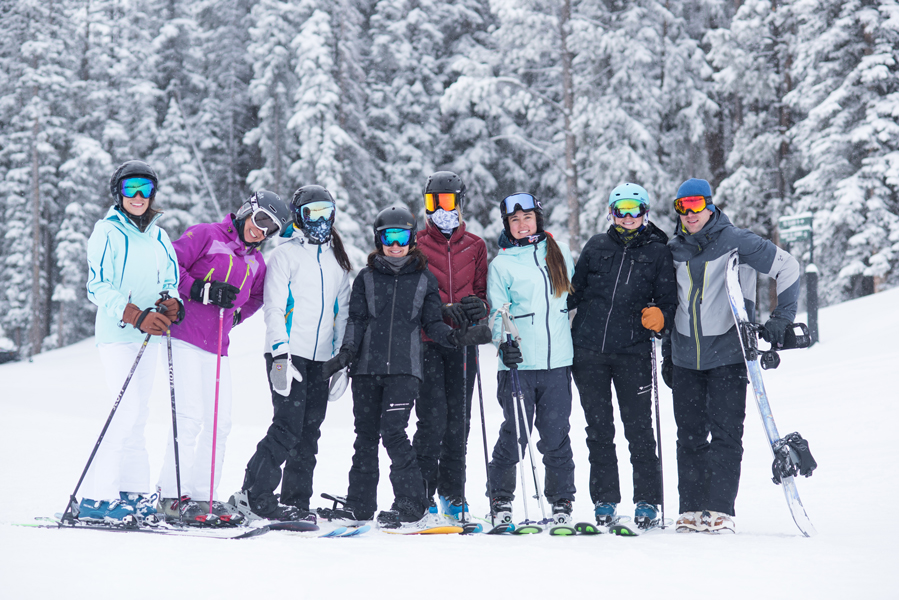
Aspen Experience in Aspen, Colorado
After fifteen years, I’m not sure I can be 100% objective but when I see what we bring to life for brands like Ocean Spray, Buick, Omaha Steaks (on the client side) or the incredible content that we create all over the United States, I feel fairly certain that not many do it better. The energy you feel between staff, crew, brands, media, and influencers is a clear indication that we’re doing something right. The on-site EXPERIENCE is electric and it makes all the hard work that goes into it worth it. To me, that is why experiential marketing is essential for all brands. When your brand can incite a feeling – an electricity in another person – that becomes your lightning in a bottle.
Interested in exploring one of our Experiential Marketing programs? Head on over to our website for a deeper dive into what we do.

